Items
Provenance is exactly
The University of Manchester
-
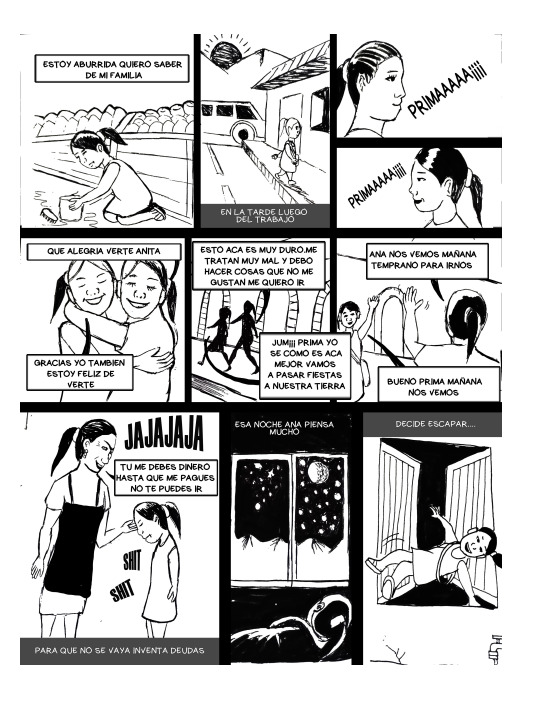 Ana: El sueño de regresar A 12-page zine titled “Ana: the dream of return”. The comic tells the story of Ana, a young Indigenous girl, who lives in a rural Indigenous community in Colombia. Lack of income obliges her parents to send her to the city where she finds work as a domestic servant. The work is hard and poorly paid, and the conditions are bad: she sleeps on the floor, eats in the yard, is sexually harassed by her employer’s son and suffers racist insults. One night, Ana escapes and returns to her village for Christmas - but she knows she must go back.
Ana: El sueño de regresar A 12-page zine titled “Ana: the dream of return”. The comic tells the story of Ana, a young Indigenous girl, who lives in a rural Indigenous community in Colombia. Lack of income obliges her parents to send her to the city where she finds work as a domestic servant. The work is hard and poorly paid, and the conditions are bad: she sleeps on the floor, eats in the yard, is sexually harassed by her employer’s son and suffers racist insults. One night, Ana escapes and returns to her village for Christmas - but she knows she must go back. -
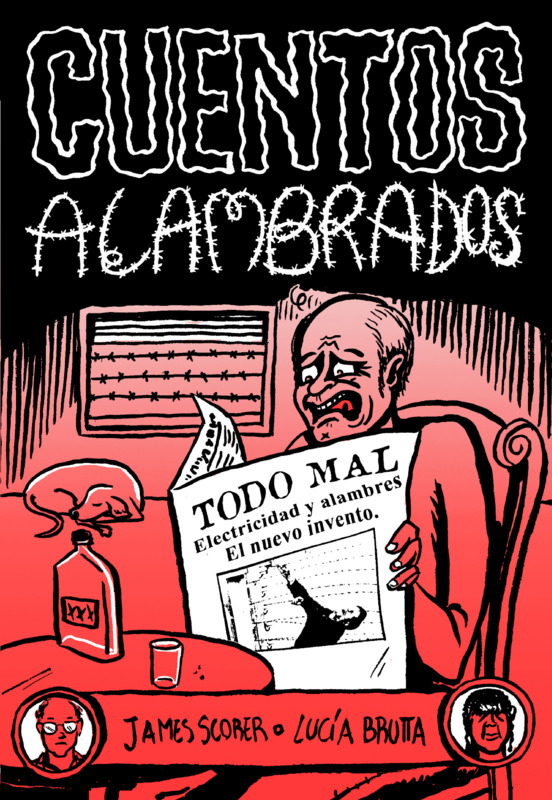 Cuentos alambrados This zine provides a history of barbed wire with a particular focus on Latin America and the exploitation of Indigenous people. It includes the story of an Indigenous myth about the Ñandubay, the tree traditionally used in Argentina for the posts used to construct barbed wire.
Cuentos alambrados This zine provides a history of barbed wire with a particular focus on Latin America and the exploitation of Indigenous people. It includes the story of an Indigenous myth about the Ñandubay, the tree traditionally used in Argentina for the posts used to construct barbed wire. -
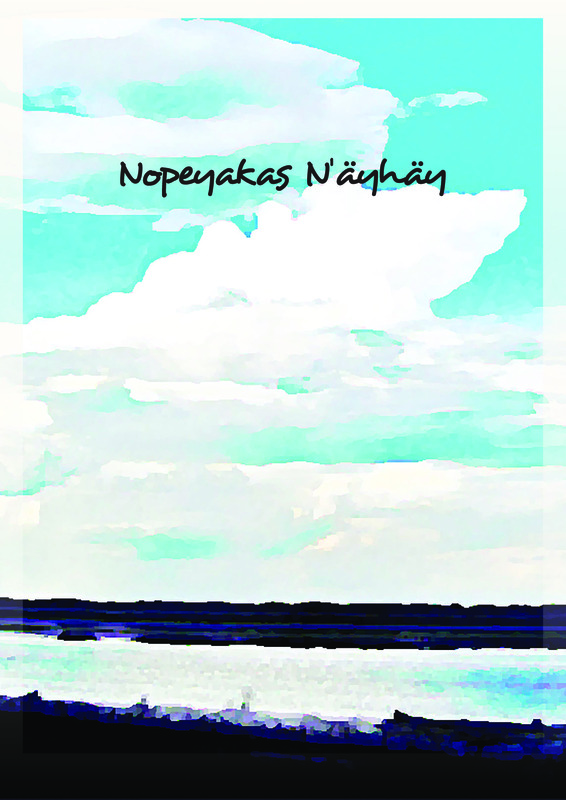 Nopeyakas N’äyhäy In 'The Prints of the Image' the Kalay'i collective depicts scenes of the everyday Wichí life in the north of Salta, Argentina. The comic narrates in Spanish and Wichí the story of a group of Wichí friends who find an abandoned mobile phone at their school.
Nopeyakas N’äyhäy In 'The Prints of the Image' the Kalay'i collective depicts scenes of the everyday Wichí life in the north of Salta, Argentina. The comic narrates in Spanish and Wichí the story of a group of Wichí friends who find an abandoned mobile phone at their school. -
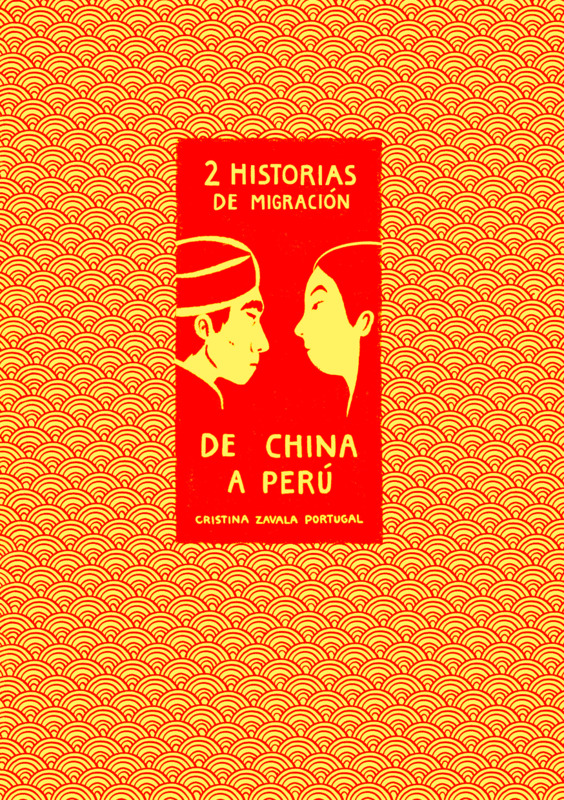 2 Historias de migración: De China a Perú The fanzine tells two stories. The first is the migration from China to Peru during the 19th century and the second is the situation of Chinese and Nikkei migration in Lima.
2 Historias de migración: De China a Perú The fanzine tells two stories. The first is the migration from China to Peru during the 19th century and the second is the situation of Chinese and Nikkei migration in Lima. -
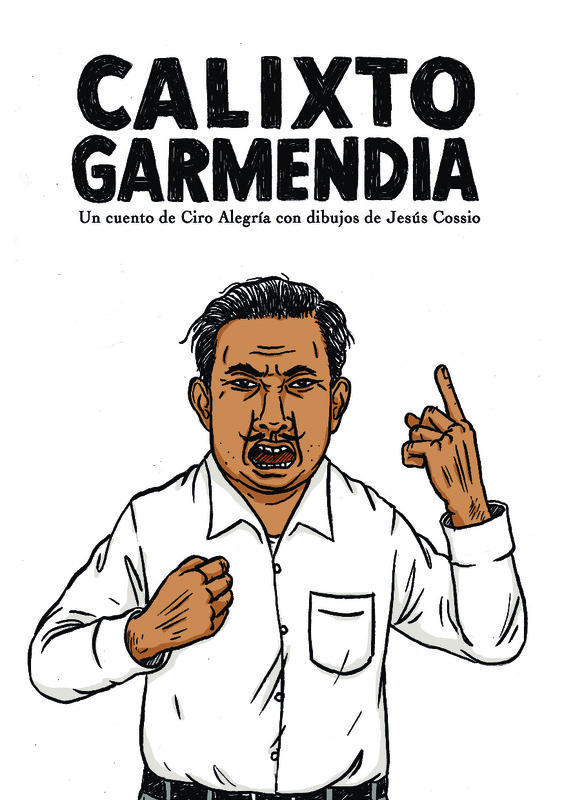 Calixto Garmendia: Un cuento de Ciro Alegría con dibujos de Jesús Cossio This zine comprises the short story ‘Calixto Garmendia’ by Ciro Alegría. The text is accompanied by illustrations drawn by Jesús Cossio. The drawings depict different scenes and characters from the story, some of which, through use of shading or the inclusion of particular items of clothing, highlight racial difference.
Calixto Garmendia: Un cuento de Ciro Alegría con dibujos de Jesús Cossio This zine comprises the short story ‘Calixto Garmendia’ by Ciro Alegría. The text is accompanied by illustrations drawn by Jesús Cossio. The drawings depict different scenes and characters from the story, some of which, through use of shading or the inclusion of particular items of clothing, highlight racial difference. -
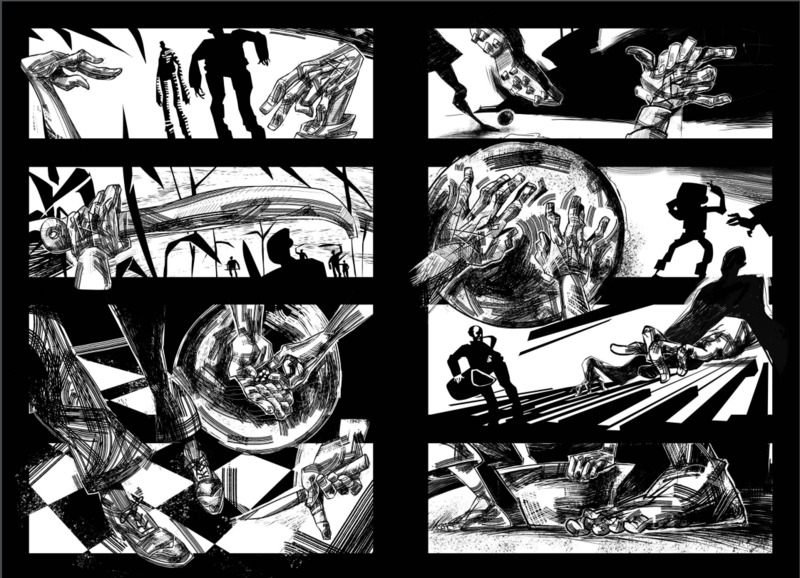 Frecuencia Negra The cover of the zine portrays a silhouette of a Black woman with a 1970s-type Afro hairstyle, wearing glasses and hoop earrings. Her image is drawn in solid black ink against a white square, which in turn is drawn on a pitch-black background. The zine engages the flows and sequences of Black life, transcending the limits of the page and flowing towards a threshold: the potency of what-is-to-become.
Frecuencia Negra The cover of the zine portrays a silhouette of a Black woman with a 1970s-type Afro hairstyle, wearing glasses and hoop earrings. Her image is drawn in solid black ink against a white square, which in turn is drawn on a pitch-black background. The zine engages the flows and sequences of Black life, transcending the limits of the page and flowing towards a threshold: the potency of what-is-to-become.
